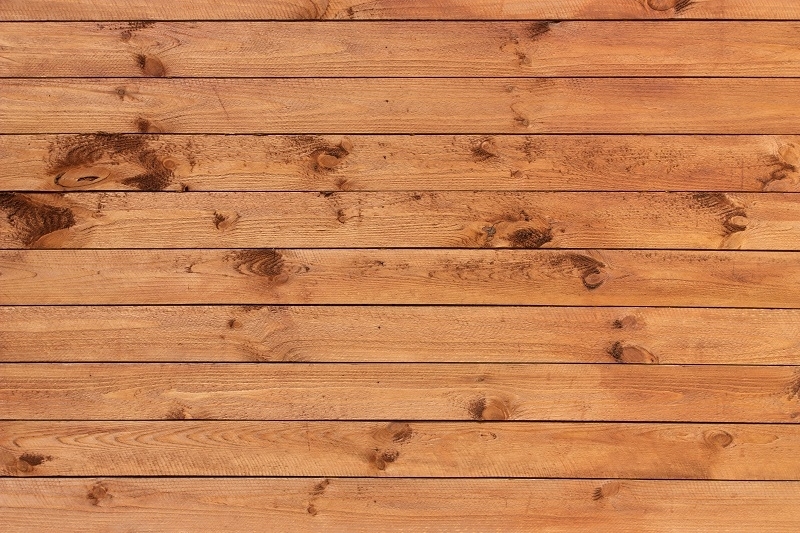Timber preservation – withstanding the winter
Published: 23/11/20 By: Mike Bekin
Treating timber, particularly softwood, with preservatives, or putting it through specially designed industrial processes, can significantly extend its lifespan.
This is especially true when the timber is used in outdoor installations. The type of treatment used on the wood as well as their specific environment will determine how long it will last in the great outdoors. Different processes offer different protections, so it’s important to find out exactly how your wood has been treated before you buy.
Understanding the preservation processes used to treat timber will help you to find the right method, and the right products, for your build. Keep reading to find out more.
Is your timber already treated?
If you’re buying exterior softwood timber from a specialist trade supplier, there’s a very good chance that the wood has already been treated in order to extend its lifespan. As @TDCAJanet says, “Much of the decking and landscaping timber available through trade suppliers has already been treated in this way, but to varying levels of protection.”
The treatments that manufacturers use will vary depending on the intended end use of the timber. Wood that will come into contact with the ground needs to be especially tough and resilient, while decking that will be suspended above the floor doesn’t need to be quite so hardy.
The class system
Decking components made from softwood species that are classified as semi or non-durable must be pressure treated before installation. The treatment used needs to be carefully selected in order to provide the service life required.
The amount of preservative protection required depends on the intended end use of the timber. These end uses are categorised according to a Class System detailed by British/European Standard BS EN 335-1.
Class 3 – End uses that are categorised as Class 3 include timber that will not come into contact with the ground. This covers things like balustrades, deck boards, cladding, and other elements that won’t touch the ground.
Class 4 – Class 4 covers situations where timber will be in contact with the ground or with fresh water. Timber that’s in contact with the ground tends to degrade more quickly, so stronger preservation methods are required.
Timber components that need to meet Class 4 standards include posts, beams, joists, and some deck boards.

Timber treatments
The standard way to add preservatives to softwood timbers going into the use classes 3 and 4 described above is with pressure. Large tanks are loaded with several tons of wood, which is then flooded with the treatment chemical solution. A high pressure system then forces these preservatives deep into the timber, ensuring that they continue to protect the timber long after installation.
Other types include dip treatments and wood preservatives that are applied by brush. These are not as suitable for the long-term protection of timber used for decking and outdoor landscaping since they don’t penetrate as deep into the wood.
Using improperly treated timber will significantly shorten the lifespan of your installation, so it’s important to check that the wood you buy is up to standard.
The preservative product generally used for outdoor timber is described as copper organic. One of the most commonly used examples of this is TANALITH. Wood that’s been treated with TANALITH is known as tanalised timber and has a soft green/brown colour. Over time, this will change to a silvery grey hue. There are other similar alternatives such as MicroPro.
Products can be added to the treatment to colour the wood and to provide further protection from the elements.
Find out more about preserving wood for outdoor use, and learn about the durable, sustainable products we offer, by exploring our site today.
Tags: Environmental, Sustainability, Timber
Categories: Insights
